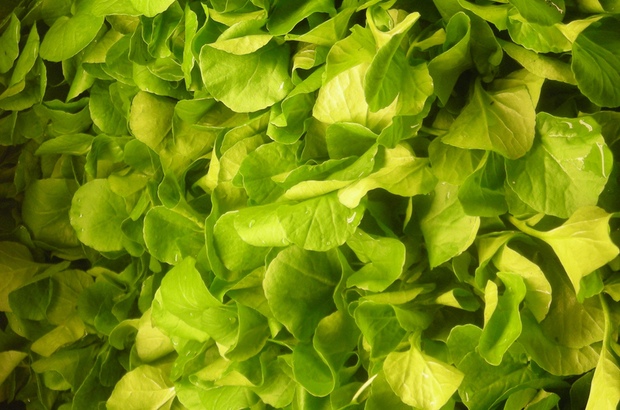Watercress may often be used as a garnish, but think twice before you toss it away.
Like most cruciferous vegetables, watercress is a nutritional powerhouse, says registered dietitian
Sonja Goedkoop. Not only is the slightly bitter, peppery veggie extremely low in calories (one cup of raw watercress has just four calories),
but it’s packed with vitamins A, C, and K, thiamin, folate, and calcium.
Even more promising, watercress has been proven to
prevent damage caused by high-intensity exercise if eaten two hours
before.
Goedkoop explains that the veggie is also high in plant
phytochemicals called glucosinolates, which help the body prevent
disease.
How to select: “For better taste and longer-lasting watercress, select bunches with crisp, green leaves that aren’t wilted,” says Goedkoop.
You’ll find them at the store sold in small bunches with small, leafy green parts attached to stems.
How to store: Remove any damaged or wilted
leaves from the bunch, then store them in the vegetable crisper drawer
of the refrigerator for
three or so days. “It will last longer–up to five days–if kept
with the stems submerged in a glass of fresh water,” Goedkoop
says.
How to prepare: Wash and rinse with cold water. Trim off the tough stems.
How to cook: Watercress is most commonly eaten
raw, Goedkoop says, so use the leaves in a salad, as a topping on a
sandwich, or as a garnish
for meals. “It can also be cooked by sautéing it in a small
amount of olive oil for about two minutes, just until the leaves
begin to wilt.”
Recipes to try:
Black Bean Soup With Avocado and Watercress


















